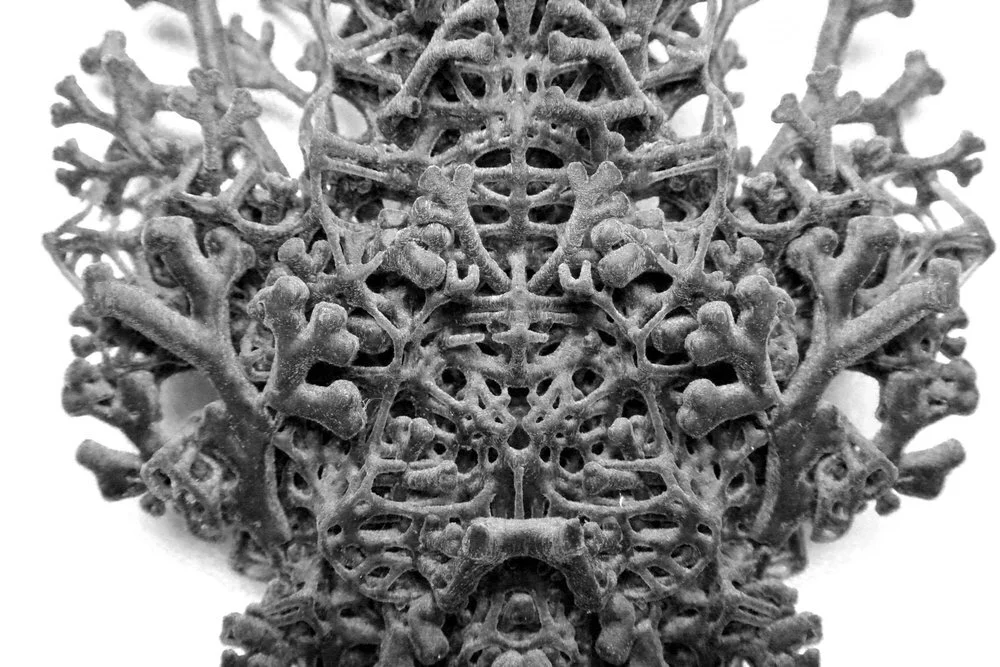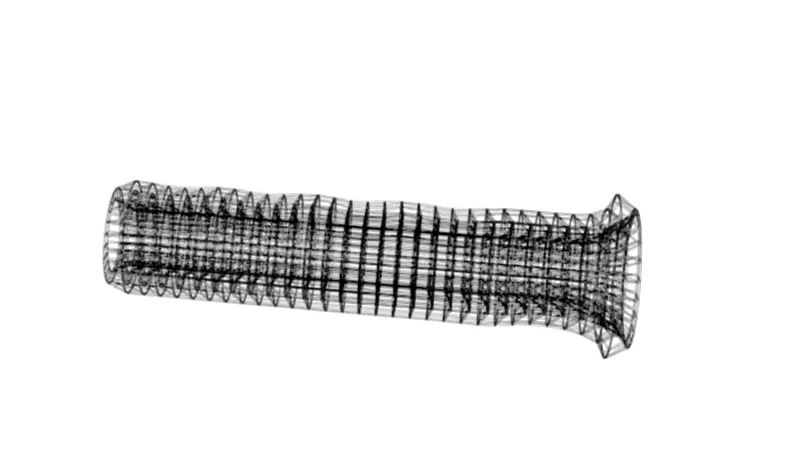A review of an effective way to getting started with Genysis. This includes instructions on how to download tutorials/documentation, and start testing your own scripts.
Read MoreAdaptive grid fills a closed container with a regular grid that is modified at the container’s boundary to conform to the container’s shape.
Read MoreConformal Grid creates a irregular grid inside a volume defined by four surfaces.
Read MoreThe lattice unit function generates a single lattice structure inside a cube. Using input parameters such as chamfers, blend, connection point, etc. It outputs a vector file of the lattice module.
Read MoreThe stochastic lattice function creates a randomly seeded lattice structure inside a given volume.
Read MoreThe volume lattice function fills a regular euclidean lattice structure inside of a closed volume, cutting the lattice at the bounding surfaces
Read MoreThe surface lattice function generates arrays a given lattice structure across a given surface in a parametric fashion.
Read MoreThe Populate lattice module function populates a given component into a conformal grid structure. It fill the boxes of the conformal grid into the component defined in the input.
Read MoreThe marching cubes function generates arrays a given lattice structure across a given surface in a parametric fashion.
Read MoreThe plane projection function wraps a given Obj input by projecting a place on to it from the specified direction
Read MoreThe spherical projection function wraps a given.Obj input with a quad mesh. It is used to shrink wrap the mesh and create a new cleaner and refined mesh.
Read MoreThe cylindrical projection function wraps a given.Obj input with a quad mesh. It is used to shrink wrap the mesh and create a new cleaner and refined mesh.
Read MoreThe mesh reduction function merges faces in order to reduce the number of faces, vertices and edges. This in turn makes output a clean mesh, significantly lighter than the input.
Read MoreThe split mesh function breaks down the given mesh input into its component mesh parts.
Read MoreThe boolean function process the input of two mesh objects into a combined, divided or insertion of the meshes.
Read MoreThe blend function takes two mesh objects with same topology and different vertices locations, then output a blended geometry given a value between 0 and 1.
Read MoreComing Soon
Read MoreThe convex hull creates a boundary around the outermost laying points.
Read MoreThe cylindrical projection function wraps a given.Obj input with a quad mesh. It is used to shrink wrap the mesh and create a new cleaner and refined mesh.
Read MoreThe delaunay triangulation function creates triangular connections in 2D and 3D. The input is a point cloud array in any dimensions. (2D/3D/4D…)
Read More


















